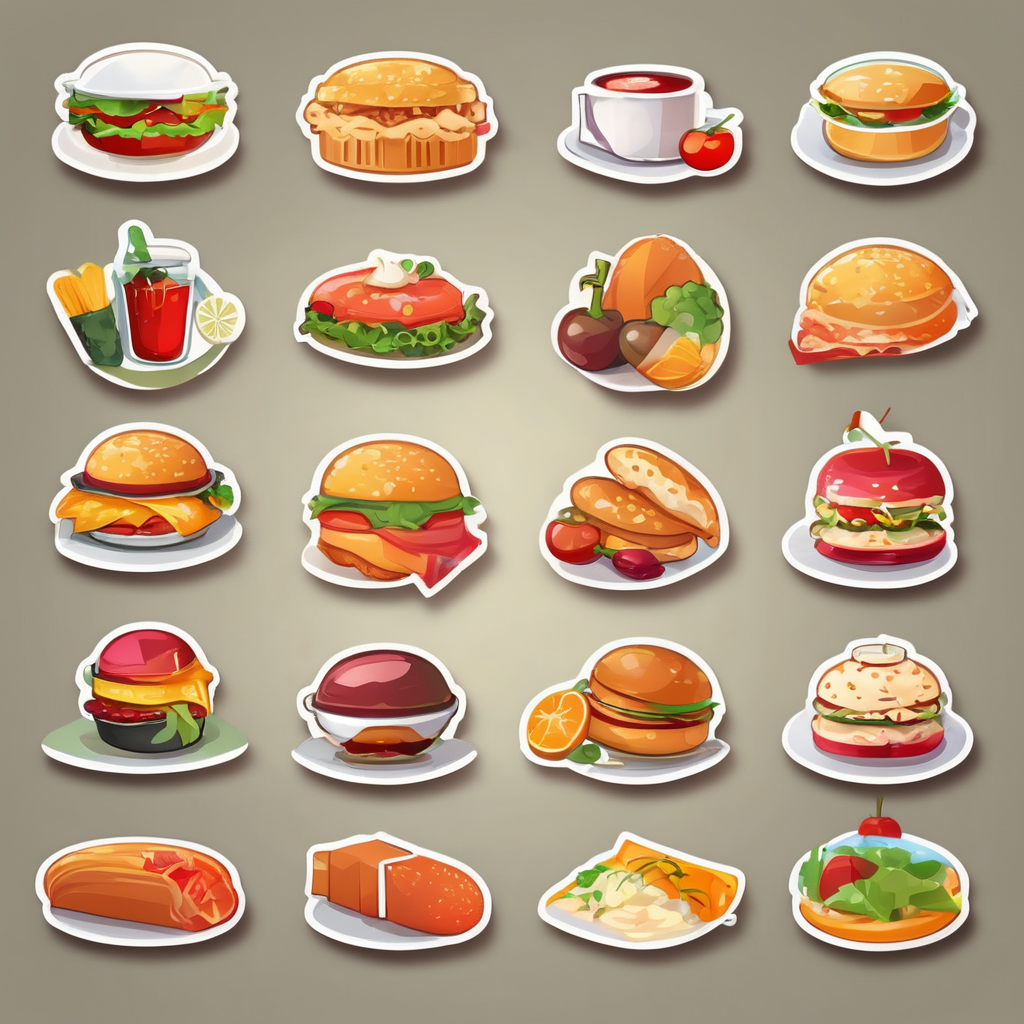Recommended Storage Containers for Pre-Cut Veggies
For keeping vegetables fresh, the best storage containers are designed with airtight seals, preventing air and moisture from affecting your pre-cut veggies. When exploring materials, plastic containers offer lightweight, portable solutions but may lack durability over time. Glass containers, while heavier, are excellent for preserving flavor and are less likely to absorb odors. Silicone options provide flexibility and are perfect if space is a concern.
Key features to look for include the size and shape of the container, ensuring it accommodates a variety of vegetables and fits well in your refrigerator. Airtight seals are crucial; they help in maintaining freshness by minimizing air exposure. Stackable designs can save space, allowing you to store more veggies efficiently.
Have you seen this : Optimal Kitchen TV Placement: Reduce Cooking Distractions with Smart Screen Positioning!
Selecting the right container hinges on your specific needs; if convenience is key, plastic may suffice, but for sustainability and better preservation, glass is preferred. A mix of materials might serve best, offering versatility and the ability to meet different storage demands. When choosing storage containers, focus on those that fit your lifestyle while keeping veggies fresh and ready for healthy snacking.
Storage Practices to Maximize Freshness
To keep your vegetables fresh, it’s crucial to understand optimal storage practices. The right temperature and humidity levels can make a significant difference in maintaining freshness. As a general guideline, store pre-cut veggies in the refrigerator at an ideal temperature of around 1 to 4 degrees Celsius. This cool environment slows down the degradation process, helping to preserve texture and flavor.
Additional reading : Transform Your Culinary Experience: Unlock Creative Cooking and Metabolic Benefits with a Vertical Spice Rack for Easy Spice Access
Light exposure is another factor to consider. Protect your veggies by storing them in opaque containers or wrapping them in a breathable fabric. This technique minimizes contact with light, which can cause nutrients to deteriorate and lead to spoilage.
How long can you store pre-cut vegetables? Typically, they retain their best qualities for about 3 to 5 days. However, this can vary depending on the type of produce. For example, leafy greens like lettuce might last up to a week, while more delicate items, like sliced tomatoes, should ideally be consumed within three days. By following these tips, you can maintain the freshness and quality of your vegetables, ensuring they’re always ready for delicious, healthy snacking.
Healthy Snacking Ideas with Pre-Cut Veggies
Pre-cut vegetables are not only convenient but also make for fantastic healthy snacks. To elevate your veggie snacking experience, consider incorporating them into more nutritious options. Pairing veggies with different dips like hummus or yogurt can add flavor while maintaining health benefits. Additionally, combining pre-cut veggies with proteins such as cooked chicken or tofu offers a balanced snack that keeps you full longer.
For those looking for more substantial snack ideas, include grains like quinoa or brown rice. This not only provides energy but also complements the texture and flavor of raw veggies, creating a satisfying snacking experience. Think of constructing a simple grain bowl that can be enjoyed cold or warmed slightly.
Including a variety of textures, colors, and flavors can make vegetable snacking more enjoyable and prevent boredom. Cucumber slices, baby carrots, and bell pepper strips combine well with each other and are perfect for a midday boost.
Healthy snacking with pre-cut vegetables supports both weight management and overall wellness, providing essential nutrients without excessive calories. With these creative combinations, you can enjoy nutritious, convenient snacks that contribute positively to your daily diet.
User Reviews and Comparisons
For those seeking insights into storage containers, understanding user feedback is invaluable. Customers have expressed a preference for containers with reliable airtight seals, attributing improved vegetable freshness to this feature. Among the commonly mentioned brands, glass containers are frequently highlighted for superior long-term freshness retention compared to plastic, which some find more prone to odors.
Pros and cons are frequently discussed in reviews, with users praising glass containers for their durability and ability to withstand temperature fluctuations. However, the heavier weight is a noted inconvenience for those on the go. Conversely, plastic options are lauded for their lightweight nature but criticized for potentially compromising freshness over time.
Regarding price points, glass containers tend to be priced higher, often justified by their longevity and effectiveness in maintaining the quality of veggies. Plastic containers are generally more affordable, appealing to budget-conscious consumers. Silicone models, being flexible and lightweight, find a middle ground in price and functionality.
Consumer insights suggest considering the long-term benefits and suitability of storage containers based on lifestyle needs, helping users make the best investments for keeping veggies fresh.
Frequently Asked Questions
In your quest for keeping vegetables fresh, it’s normal to have some common questions. How long can pre-cut veggies last? Typically, pre-cut vegetables remain good for about 3 to 5 days when stored correctly. Crucial factors include using airtight containers and maintaining optimal storage practices.
Troubleshooting storage issues often comes down to tackling odors and wilting. For odors, ensure your storage containers have superior airtight seals to trap freshness and repel external smells. Regular cleaning of these containers with vinegar can neutralize lingering odors. If wilting is a problem, check humidity levels. Sometimes putting a damp paper towel in the container can add necessary moisture.
Vegetable freshness may wane if they’re exposed to excessive light. To counteract this, store veggies in either opaque containers or wrap them in breathable fabrics to block light exposure. Such methods are practical tips for storage that enhance longevity.
For maintaining the freshness of different pre-cut produce, keep in mind that leafier greens often require extra attention to moisture, while heartier veggies like carrots can be more forgiving with longer storage duration. Adapting these strategies helps ensure your veggies are always ready for a healthy bite.
